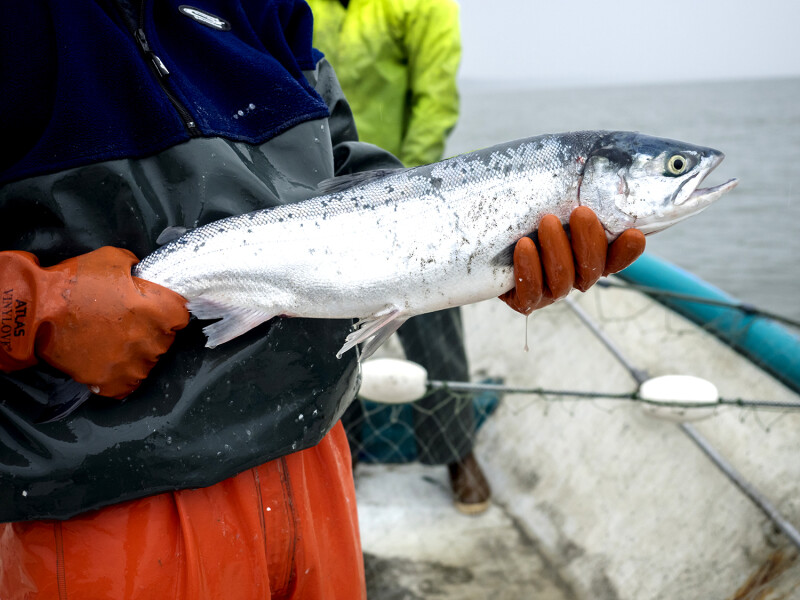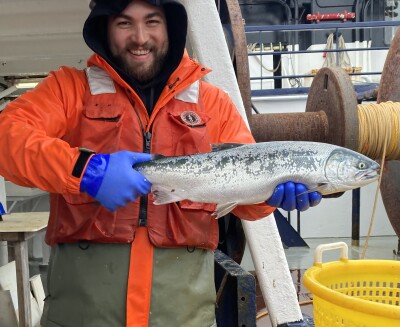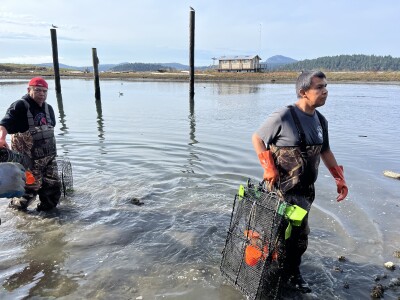When it comes to top production areas for each species Bristol Bay will account for about 80 percent of the statewide sockeye harvest with 60 million fish, and local fishermen are preparing for an onslaught again this season.
"We are definitely gearing up for salmon," says Leilani Luhrs, who fishes in the Nushagak each summer. "We're getting ready for the run of the year."
Southeast, Prince William Sound, Kodiak and the Alaska Peninsula will contribute roughly equal shares in this year's pink salmon production. Southeast will lead the charge in chum salmon production at 8.4 million fish, with Prince William Sound following at 2.9 million.
Last year's (2021) statewide, five species harvest came in at a total of around 235 million fish, and the mix was dominated with heavy catches of pinks from Prince William Sound (66.4 million), Southeast (48.5 million) Kodiak (26.2 million) and the Alaska Peninsula (16.5 million).
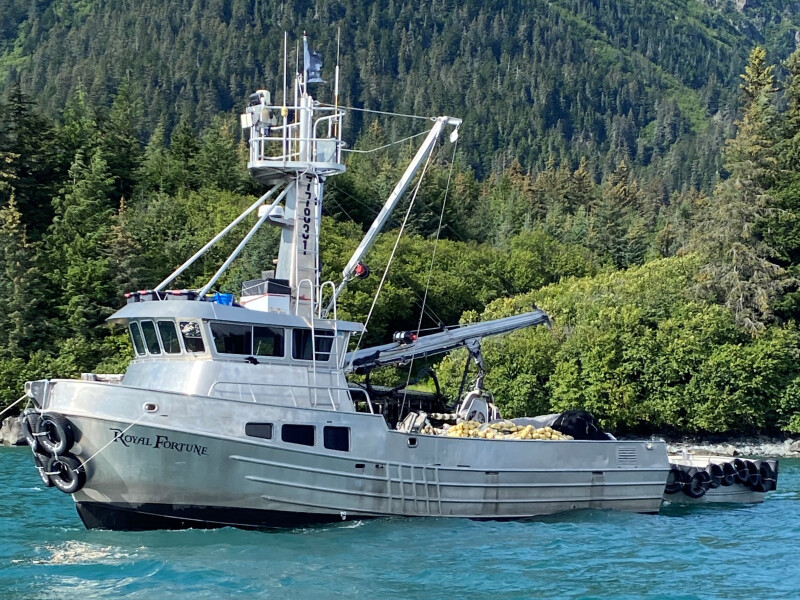
"They just kept it open almost every day," says Rick Corazza of his pink and chum salmon seining in Prince William Sound last summer. "Biggest fuel bill I ever had. Pretty good fishing, but it was stressful and tiring."
Bristol Bay produced 42 million fish for 73 percent of the statewide sockeye harvest. Last year's harvest was the third largest on record and the third time in the last four years that it topped the 40-million mark. Despite heavy winds and high seas throughout much of the season, the Nush accounted for a catch of 18.3 million.
"Last year was excellent for poundage," says Luhrs. "But it was definitely a stormy season."
Just how long the fabled Nushagak District can keep rolling out the big numbers is anybody's guess, but an emergent theory points to a string of warm Alaskan winters.
"My gut feeling was that the warm winters of 2013 and 2014 had an effect on some of the higher elevation lakes where they spawn," says Tim Sands, area management biologist with ADF&G, in Dillingham. "They froze up later, and the ice went out earlier, and that bumped them more into the Goldylocks zone for salmon production."
Sands adds that the increased survival rate of young salmon in the elevated lakes translated to a greater ratio of returning sockeyes per spawner, which drove harvest numbers through the roof in recent years.
Last year about 600 boats began working in the district in late June. Respective catches of 500,000 and 200,000 on June 28th and 29th were apparently not enough to hold their interest and many transferred to other districts. June 30th saw a record harvest of 1.7 million sockeyes, and the fleet put another 1.8 million fish on July 1.
"We still had a year's worth of fish come in after July 8th," says Sands, "and the fleet had dropped by half."
A couple of factors that could end the charmed streak for the Nush include the warm summer and dying fish of 2019 and the harshness of this past winter on the upland lakes.
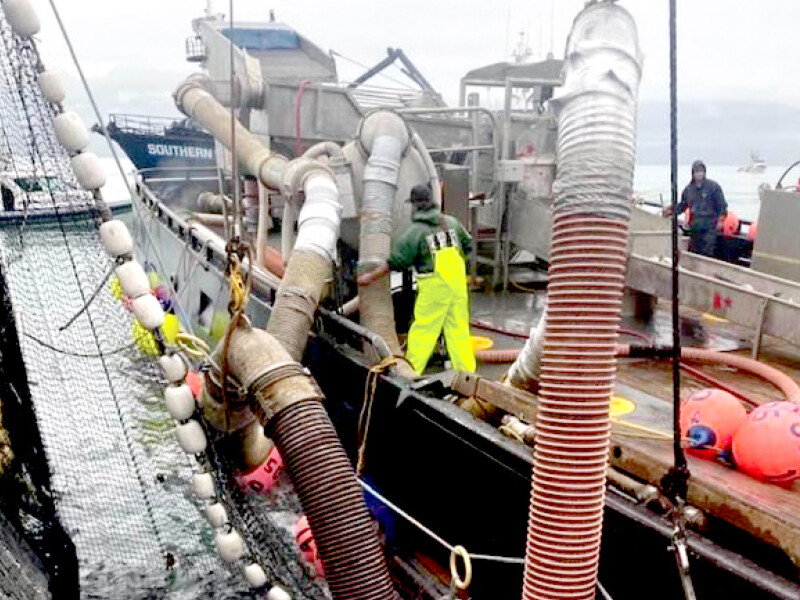
"I'm very curious what the hot summer of 2019 did," says Sands. "We will be seeing the jacks from that summer return this year. The effects of the winter of 2021 won't be seen until 2024 and later. "My gut feeling is that the Nushagak will return to more normal after this year."
Besides the 44.5 million pinks Southeast seiners harvested 794,000 sockeyes and 2.6 million chums. Southeast gillnetters landed 209,000 sockeyes and 1.5 million chums. Power trollers landed 158,000 chinooks, 811,000 coho, and 700,000 chums. Harvest limits of chinooks for all gear types in Southeast has been set at 213,000 with another an additional 28,000 fish as "add on" fish attributed to local hatchery production.
Combined catches for Upper and Lower Cook Inlet tallied up to about 1.7 million, with a forecast of 2 million for this year.





